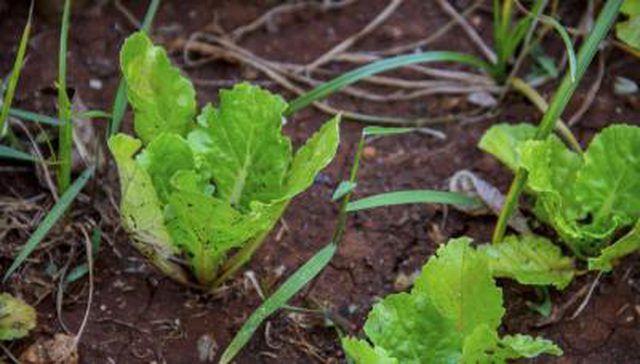Bulbs
Flower Basics
Flower Beds & Specialty Gardens
Flower Garden
Garden Furniture
Garden Gnomes
Garden Seeds
Garden Sheds
Garden Statues
Garden Tools & Supplies
Gardening Basics
Green & Organic
Groundcovers & Vines
Growing Annuals
Growing Basil
Growing Beans
Growing Berries
Growing Blueberries
Growing Cactus
Growing Corn
Growing Cotton
Growing Edibles
Growing Flowers
Growing Garlic
Growing Grapes
Growing Grass
Growing Herbs
Growing Jasmine
Growing Mint
Growing Mushrooms
Orchids
Growing Peanuts
Growing Perennials
Growing Plants
Growing Rosemary
Growing Roses
Growing Strawberries
Growing Sunflowers
Growing Thyme
Growing Tomatoes
Growing Tulips
Growing Vegetables
Herb Basics
Herb Garden
Indoor Growing
Landscaping Basics
Landscaping Patios
Landscaping Plants
Landscaping Shrubs
Landscaping Trees
Landscaping Walks & Pathways
Lawn Basics
Lawn Maintenance
Lawn Mowers
Lawn Ornaments
Lawn Planting
Lawn Tools
Outdoor Growing
Overall Landscape Planning
Pests, Weeds & Problems
Plant Basics
Rock Garden
Rose Garden
Shrubs
Soil
Specialty Gardens
Trees
Vegetable Garden
Yard Maintenance
What Is the Difference Between a Tiller & a Cultivator?
What Is the Difference Between a Tiller & a Cultivator?. Whether you're starting a new garden or sprucing up an old one, health soil and plants require preparation and maintenance. To keep your garden on track, a tiller and a cultivator may both come in handy during the year. Although these machines are similar at first glance, they each serve a...

Whether you're starting a new garden or sprucing up an old one, health soil and plants require preparation and maintenance. To keep your garden on track, a tiller and a cultivator may both come in handy during the year. Although these machines are similar at first glance, they each serve a different purpose. Understanding how tillers and cultivators differ can help you choose the right machine for your garden tasks.
Laying the Groundwork
When soil calls for heavy digging, tillers step up to the job. Used to prepare new garden beds and revitalize old ones, tillers can tear up sod or mix in large amounts of organic matter. Tillers generally reach 8 to 10 inches down into the soil to pull it up and over much faster and more efficiently than you could do by hand. Deep cultivation accomplished with a tiller leaves soil prepared and ready for roots to grow.
Following Through on Weeds
Cultivators pick up where tillers leave off. Once plants are in the ground and growing, regular cultivation keeps them free of weeds out to steal water and nutrients. Weeding between rows of crops can be done with a cultivator. Smaller than a tiller, a cultivator stays in the top inch or so of soil. This shallow cultivation removes weeds without disturbing plant roots. For areas between plants, a pronged garden fork called a hand cultivator is often used.
Operating a Tiller
Before you get your tiller started, remove all sticks and large stones from the area to be tilled. Wear gloves and safety goggles to protect yourself from debris that may fly back from tiller blades. Stand behind the machine and firmly grasp the handles. Hang on tight as the tiller blades pull the machine forward, in and through the soil. In tough compacted areas, work the tiller back and forth to loosen soil and let oxygen in. Work each area of the garden until soil is loosened and large clods have been broken down.
Cultivating Restraint
Cultivators ease between rows, making quick work of weeds, but don't be tempted to over-cultivate your soil. Wait until you see signs of weeds or your soil develops a crust. Only then, get out the cultivator. Never cultivate your soil when it is wet; this leads to more soil compaction and muddy clods. Use your cultivator when soil is dry. For in-between jobs, pull weeds by hand or stick with a handheld manual cultivator. Stick the soil's surface and leave tender plant roots untouched.